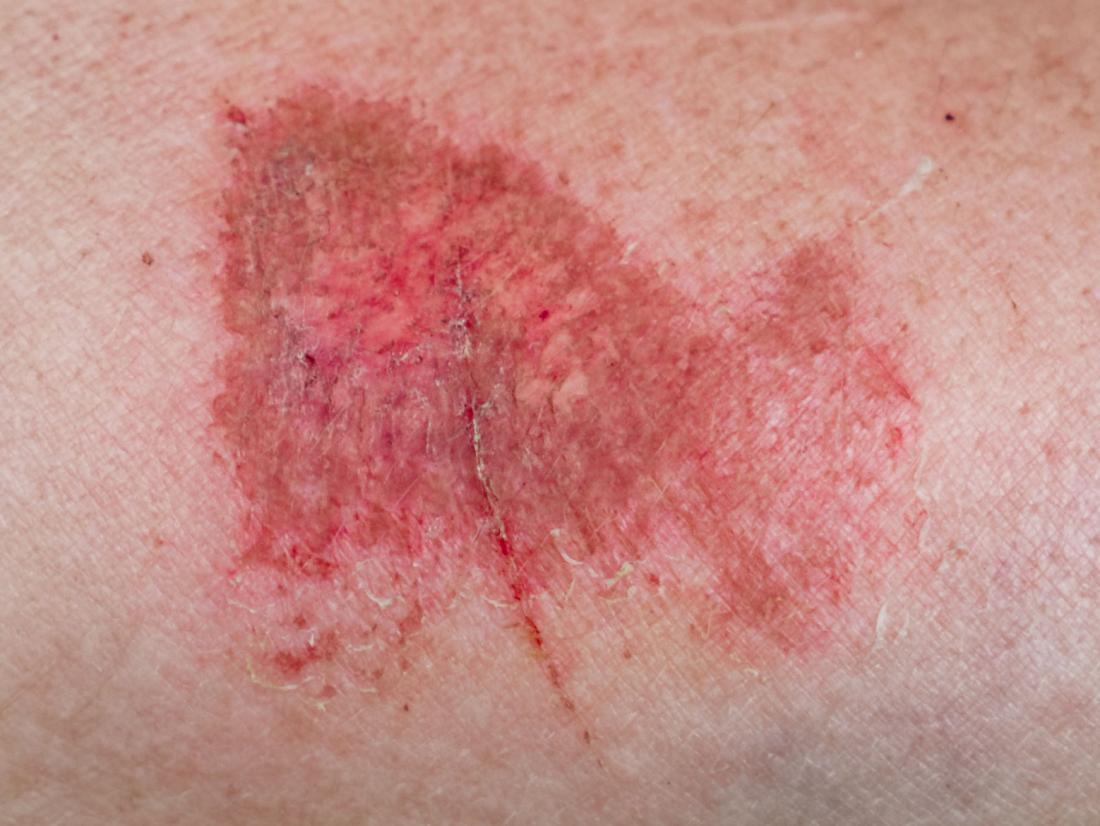Foreskin cuts can occur due to a variety of reasons, ranging from vigorous sexual activity to accidental injuries. Irrespective of the cause, it's essential to address these cuts promptly to promote healing and prevent any complications. Here are some crucial steps to guide you through the recovery process:

1. Clean and Moisturize:
Gently wash the affected area with warm water and mild soap to keep it clean and free from bacteria. Avoid using harsh or scented soaps as they may cause further irritation. Pat the area dry with a soft towel and apply a thin layer of an over-the-counter antibiotic ointment to keep it moisturized and prevent infection.
2. Gentle Hygiene Routine:
Maintain good hygiene by regularly washing your genitals, ensuring that you don't use any harsh scrubs or abrasive materials. Avoid vigorously rubbing the area, which may worsen the cuts. Instead, gently cleanse the area with water and mild soap, pat dry, and apply a healing ointment.
3. Use a Protective Barrier:
Consider using a protective barrier such as bandages or gauze to shield the affected area from further friction or irritation. This will help encourage healing by providing a safe environment for your foreskin to recover.
4. Keep the Area Dry:
Moisture can increase the chances of infection, so make sure to keep the area as dry as possible. Avoid tight clothing or synthetic fabrics that can trap moisture, and instead, choose loose, breathable materials. Additionally, avoid hot baths or saunas that can further increase moisture levels.
5. Avoid Sexual Activity:
To promote healing and avoid further cuts or damage, it's crucial to refrain from any sexual activity until the cuts have completely healed. Engaging in sexual intercourse during the healing process can exacerbate the cuts and delay recovery.
Remember, if the cuts are severe, do not heal within a few days, or show signs of infection like redness, swelling, or pus, it's imperative to seek medical attention immediately.
By following these guidelines, you can effectively heal foreskin cuts and minimize discomfort. However, it's important to remember that everyone's healing process may vary, and individual care requirements may differ. If you have any concerns or uncertainties, reach out to a healthcare professional for personalized advice and support.
In conclusion, caring for foreskin cuts involves gentle hygiene routines, maintaining a dry environment, and avoiding further irritation. By adopting these practices and seeking medical help if necessary, you can expedite the healing process and get back to comfort and normalcy.
Related FAQs about how to heal foreskin cuts
How long does it take for foreskin cuts to heal?
The healing time for foreskin cuts can vary depending on the severity of the cuts and individual healing capabilities. In general, minor cuts may heal within a few days to a week, while deeper or more severe cuts may take longer, potentially up to a couple of weeks.
Can I have sex while healing from foreskin cuts?
No, it is advisable to abstain from sexual activity until the cuts have completely healed. Engaging in sexual intercourse during the healing process can aggravate the cuts, causing further pain and delaying the recovery.
What can I do to prevent infection in foreskin cuts?
Keeping the area clean and dry is crucial to prevent infection in foreskin cuts. Wash the affected area gently with mild soap and water, pat it dry, and apply a thin layer of antibiotic ointment. Avoid using harsh or scented soaps, keep the area moisturized, and refrain from touching or scratching the cuts.
When should I seek medical help for foreskin cuts?
If the cuts are severe, do not heal within a few days, or show signs of infection such as redness, swelling, or pus, it's essential to seek medical attention promptly. A healthcare professional can evaluate the situation and provide appropriate treatment or advice to aid in the healing process.
Are there any home remedies that can help with healing foreskin cuts?
While proper hygiene practices and keeping the area clean and moisturized are vital for healing, there aren't specific home remedies that are proven to expedite the healing of foreskin cuts. However, some individuals find relief using warm compresses or taking over-the-counter pain relievers to alleviate discomfort. It's important to consult with a healthcare professional for personalized advice regarding home remedies for foreskin cuts.
Glossary about how to heal foreskin cuts
1. Foreskin: The retractable double-layered fold of skin and mucous membrane that covers and protects the glans penis.
2. Hygiene: Conditions or practices promoting and preserving health, especially through cleanliness.
3. Friction: The force resisting the relative motion of surfaces when in contact.
4. Infection: The invasion and multiplication of microorganisms, such as bacteria, viruses, and parasites, that are not normally present within the body.
5. Over-the-counter: Medications or medical products that can be purchased without a prescription from a healthcare professional.
6. Bandages: Strips of material used to hold a dressing in place, provide support, or restrict movement to expedite the healing process.
7. Gauze: A thin, translucent fabric with a loose open weave, often used as a medical dressing to cover and protect wounds.
8. Synthetic: Materials or substances made by chemical synthesis, rather than being derived from naturally occurring substances.
9. Pus: A thick fluid composed of dead cells, tissue debris, and bacteria, typically produced as a result of infection.
10. Glans penis: The sensitive bulbous structure at the distal end of the penis, which is normally covered and protected by the foreskin.
